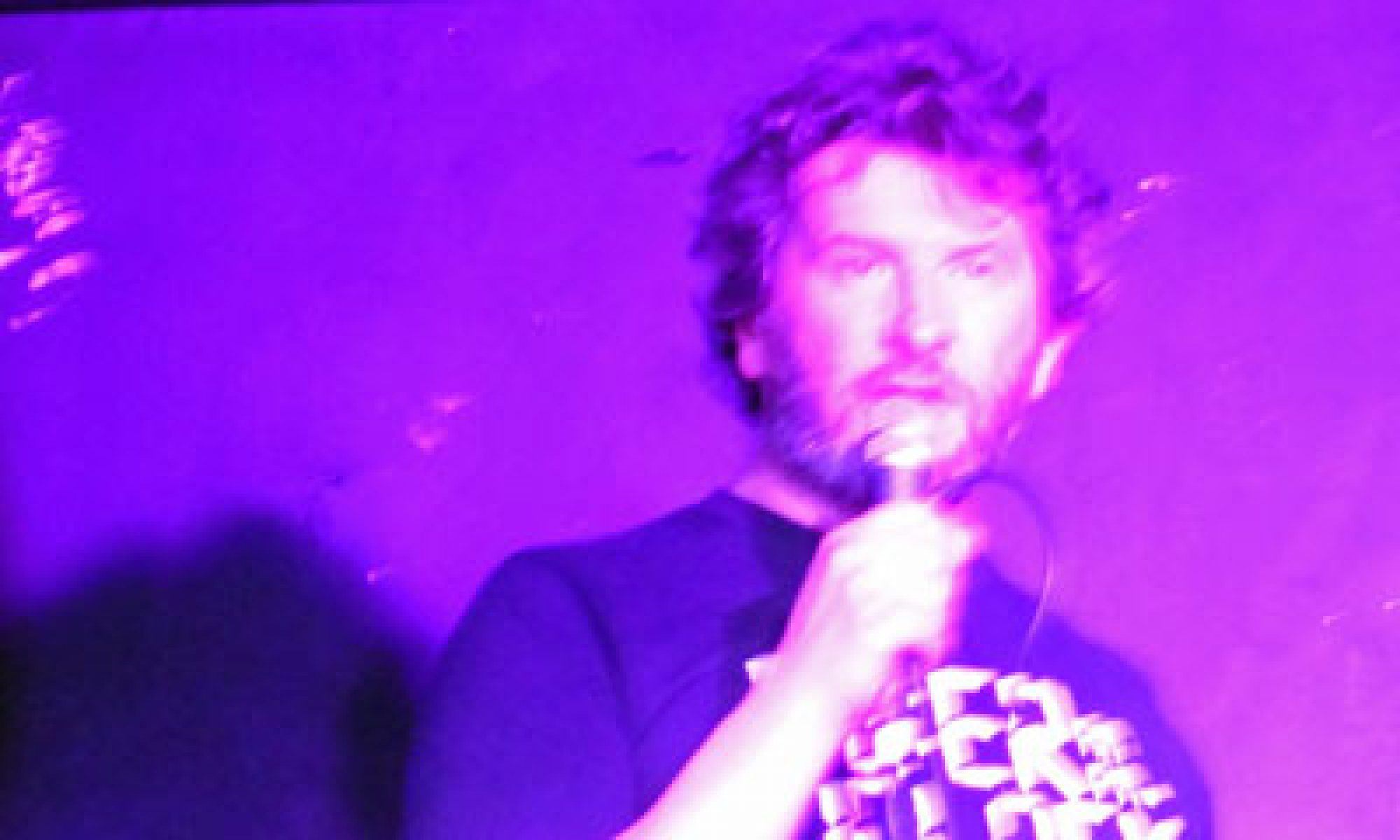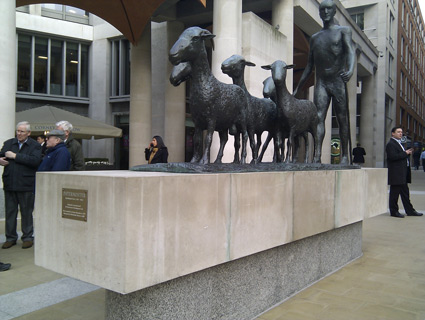I couldn’t end 2012 without something for my Shardenfreude followers. I’ve had a fair number of hits on the blog over the past couple of years looking for photos of its construction and now it’s finished and shining like a, well, shard.

And in the spirit of London 2012, here’s a few more night time photos of landmarks old and new.

It’s so apt that London’s most well known modern landmark (or is it now the Shard?) is an inclusive circle — or in the year of the Olympics — a ring.

As anyone reading the posts on this blog over the summer will realise, I think this was an extraordinary year to spend time in London — and it was a privilege for me to be here in 2012 to witness how the city, probably already the most international and cosmopolitan on earth, became a place that literally, with the extraordinary army of games-makers, welcomed the world — and incredibly efficiently too.

I’m still awed by the Danny Boyle Opening Ceremony. I’ve watched the start a few times since — and I now have my Olympic DVD — and in places I still have that spine-tingling feeling of watching a piece of genius unfolding — and a peculiarly eccentric English genius. I’d almost forgotten that the official speeches were made from that bizarre interpretation of Glastonbury Tor — that spewed out industrial workers. Perhaps it’s because Danny Boyle comes from the fringes of Manchester, as I do, that the Pandemonium section with the rising mill chimneys had such resonance. But, as I’ve blogged already, the narrative of that sequence was brilliant — obscuring the denouement of the unification of the five rings, except for that wonderful moment when the audience suddenly realises what’s about to happen, and then has a final surprise payoff at the end with the raining fire.
In retrospect, it’s easy to forget the doubts we all had about London even having a tolerably good games and avoiding something disastrous. It’s not surprising in retrospect that the Olympics and Paralympics put on a great show. London routinely handles huge sporting events — with the likes of Wembley, Twickenham and Lords being some of the best stadiums in the world (I know Twickenham wasn’t used but, having lived nearby for several years it shows how 80,000 people can be processed in and out of a suburban stadium). London, and the country in general, put on huge cultural events, like Glastonbury and the Hyde Park concerts, every summer and the country is able to put on spectacular state events, like the Royal Wedding and this year’s Jubilee celebrations (though we can’t control the weather). And, here’s a slightly tenuous connection to the novel, London and the rest of the country has probably the most thriving cultural industry of any city (or country) in the world — punching way above its weight in music, art, theatre, television, writing — almost any branch of culture you can think of. And the government, for a change, didn’t cut the budget. Of course we should have put on a good show but it’s a reassuringly diffident British characteristic to think that we wouldn’t.
Apologies for repeating myself but we’re not going to get another event like it for a long time and, although the Olympics knocked my writing schedule way behind during the summer, it was an experience I wouldn’t have missed.
So maybe another few photos from the landmark that will explode in a huge circle of fire in a few hours to celebrate the end of such a great year for the city.





There’s been so much else I’ve done in London in 2012 that I’ve not even had change to blog about — exhibitions seen, events I’ve attended, walks I’ve taken — the Shoreditch graffiti walk and previously mentioned Abbey Road Studio Two visit being but two of the highlights.
I’ve also met so many wonderful new friends, particularly associated with the arts in London. Maybe I’ll do a proper round up post in the New Year?
And between the Olympics and Paralympics I belatedly discovered Tuscany and Venice for the first time, which would have been the highlight of most years.


I do have a finished novel, although it’s not yet quite polished enough yet, which is a little frustrating, but I think it’s benefited from being in progress during the year — especially if I can manage to capture a little of the headiness of this past year in the city.
So 2013 is only a few hours away — the year when I finally hope the finished novel is going to gain me that MA in Creative Writing after three years of study (after all the OU, Lancaster and City courses as well). So, in novel writing terms, perhaps a little like the Olympic hopefuls this time last year, but in a more modest, literary way, my New Year’s Resolution is pretty straightforward — do my best, work hard, accept any criticism and setbacks as constructive feedback and then see how my efforts measure up — finish the novel to best of my ability, send it out and then start on the next one…but also carry on enjoying myself as much with the next as I have with this one.

(And my other New Year’s Resolution is to clean out all the crappy extraneous characters in the old blog posts that appear to have arrived with the database copying problems.)




